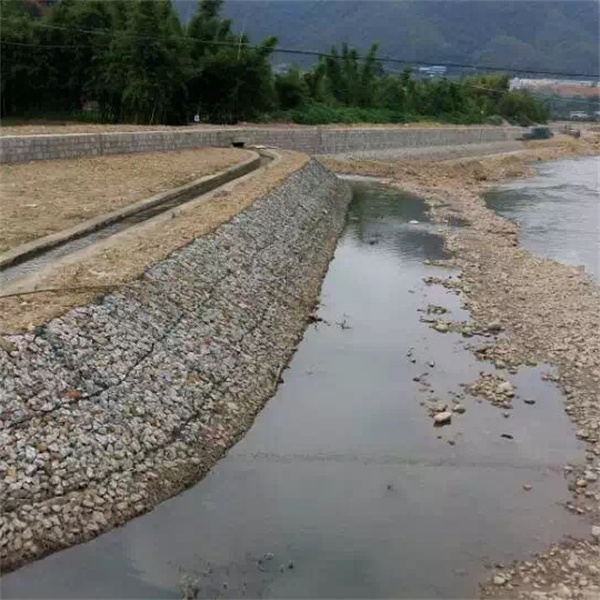සැප්. . 13, 2024 03:46 Back to list
gabion wall height
Understanding Gabion Wall Height Key Considerations and Applications
Gabion walls, constructed from wire mesh cages filled with rocks, stones, or other materials, are increasingly popular for various landscape and engineering projects. They serve purposes ranging from erosion control to decorative features in gardens. One of the critical aspects of designing a gabion wall is determining its height, which can dramatically impact its structural integrity and functionality.
Understanding Gabion Wall Height Key Considerations and Applications
Another crucial consideration is the type of materials used within the gabion cages. Heavier, more substantial stones can allow for taller walls, while lighter materials may necessitate shorter structures. The mesh material's gauge and strength also play significant roles; a robust and resilient wire mesh may accommodate greater heights and loads compared to a weaker alternative.
gabion wall height

Soil conditions at the installation site are essential when determining gabion wall height. If the wall is built on unstable or loose soil, engineers may recommend a lower height to reduce the risk of failure. Additionally, local climate conditions, such as heavy rainfall or flooding, can further influence decisions about wall height and design, as these factors affect soil stability and water pressure.
Design considerations also extend to drainage. A well-designed gabion wall should incorporate drainage solutions to prevent water accumulation behind the wall, which could lead to increased pressure and potential structural failure. A height increase without adequate drainage solutions can compromise wall safety and effectiveness.
In conclusion, establishing the appropriate height of a gabion wall is a multi-faceted process that requires careful consideration of purpose, materials, site conditions, and drainage. Whether used for retaining soil or creating an attractive landscape feature, properly designed gabion walls can provide lasting functionality and aesthetic appeal. Aspects such as engineering standards, local regulations, and environmental impact assessments must also be accounted for, ensuring that these structures fulfill their intended roles safely and effectively. By taking all these factors into consideration, engineers and landscape architects can design gabion walls that stand the test of time and serve their intended functions, enhancing both utility and beauty in outdoor spaces.
-
Visualizing Gabion 3D Integration in Urban Landscapes with Rendering
NewsJul.23,2025
-
The Design and Sustainability of Gabion Wire Mesh Panels
NewsJul.23,2025
-
The Acoustic Performance of Gabion Sound Barriers in Urban Environments
NewsJul.23,2025
-
Mastering the Installation of Galvanized Gabion Structures
NewsJul.23,2025
-
Gabion Boxes: Pioneering Sustainable Infrastructure Across the Globe
NewsJul.23,2025
-
Custom PVC Coated Gabion Boxes for Aesthetic Excellence
NewsJul.23,2025
-
Installation Tips for Gabion Wire Baskets in Erosion Control Projects
NewsJul.21,2025






